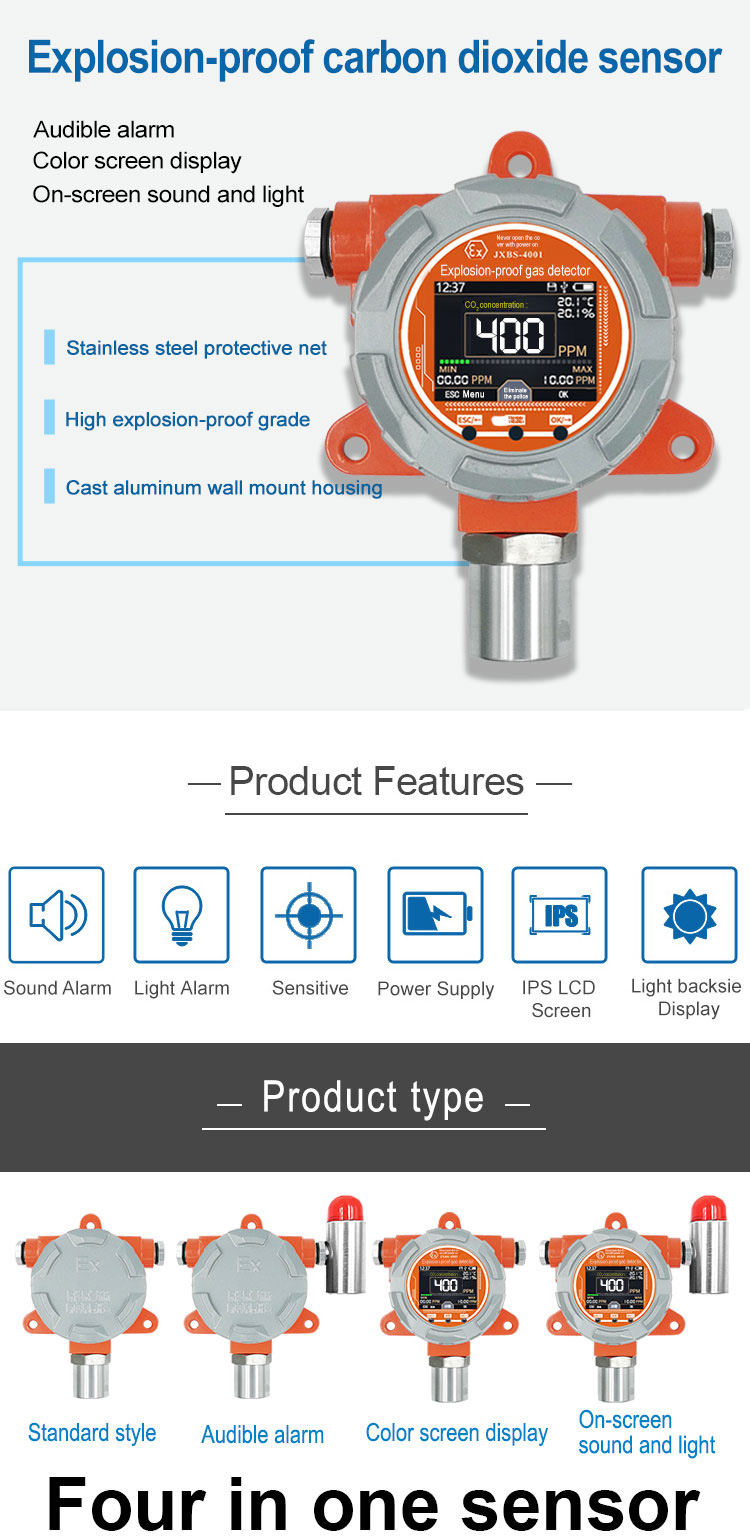Gas sensors have been around for quite some time and are an essential tool for monitoring environmental pollutants, ensuring safety and productivity across various industries. Over the years, these sensors have continually evolved, becoming more efficient, advanced, and accessible to users.
As we look towards the future, it's e xciting to explore emerging trends in gas sensor technology. In this article, we will delve into technological advancements and applications that will define the gas sensor industry's future.
xciting to explore emerging trends in gas sensor technology. In this article, we will delve into technological advancements and applications that will define the gas sensor industry's future.
Wireless Sensor Networks
Wireless technology continues to revolutionize industries worldwide, and gas sensing is no exception. The advent of wireless gas sensors allows remote and real-time monitoring, eliminating the need for manual data collection and reducing the risk of human error. While the initial cost may be high, wireless sensor networks offer long-term savings as they require less infrastructure and maintenance while providing enhanced performance.
Portable and Wearable Sensors
Portable and wearable gas sensors are gaining popularity due to their mobility and small size. These sensors can easily detect hazardous gases in a worker's breathing zone or take measurements from inaccessible areas in the field. They are ideal for use in industrial settings where workers face potential gas exposure risks. Furthermore, portable and wearable sensors can track the concentration of harmful airborne particles during construction projects or emergency response situations.
Internet of Things (IoT)
The integration of IoT technology in gas sensors enhances its capabilities, enabling real-time data exchange between different devices, systems, and humans. IoT-linked gas sensors can detect gas leaks and notify local authorities, reduce energy consumption in smart homes by managing HVAC systems based on indoor pollution levels, and optimize crop yield by analyzing and enhancing soil fertility. IoT also enables comprehensive data analytics, which help industry experts gain insights into pollution trends, leading to improved policy-making decisions.
Nanotechnology
Nanotechnology involves the design, production, and application of materials at the nanoscale. Nanotechnology is increasingly being employed to enhance gas sensor performance, sensitivity, and selectivity. By using a network of carbon nanotubes (CNTs), scientists are producing highly sensitive sensors that can detect extremely low concentrations of gases like ammonia or hydrogen. This innovation presents an opportunity for developing ultralow-cost sensors in bulk quantities.
Artificial Intelligence
Artificial intelligence combined with machine learning algorithms has improved gas sensor interpretation and responsiveness. It enables autonomous sensors that perceive, understand, and act based on the collected data, providing valuable insights into complex systems. AI-enhanced gas sensors leverage data to predict future gas leakage, optimize energy consumption, identify chemical signatures, and support decision-making in various industries.
In conclusion, gas sensor technology continues to evolve as advances in areas like wireless communication, wearable technology, IoT, nanotechnology, and AI find their way into the industry. These emerging trends provide exciting opportunities to improve performance, increase efficiency, reduce costs, and promote sustainability across different sectors. We can expect gas sensors to play an even more significant role in global climate goals, reducing human exposure to hazardous gases and enhancing safety and productivity in many industries. As we continue to sense the future, it's clear that the sky is indeed the limit in gas sensor technology advancement.
 : +86 155 8830 2704
: +86 155 8830 2704 : jxdziot@gmail.com
: jxdziot@gmail.com
